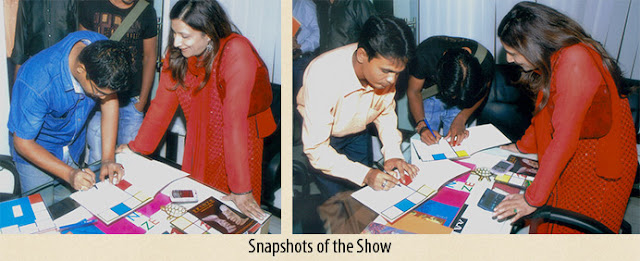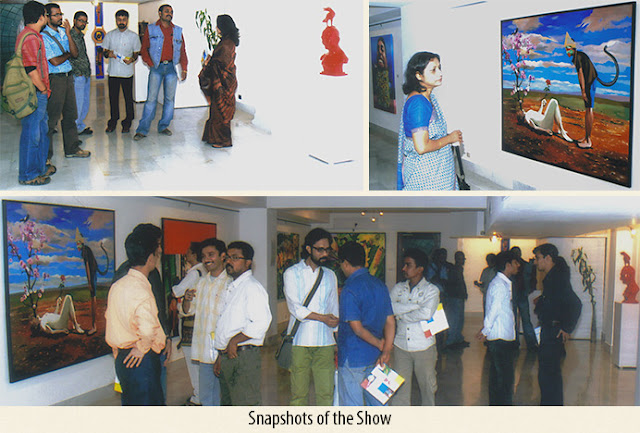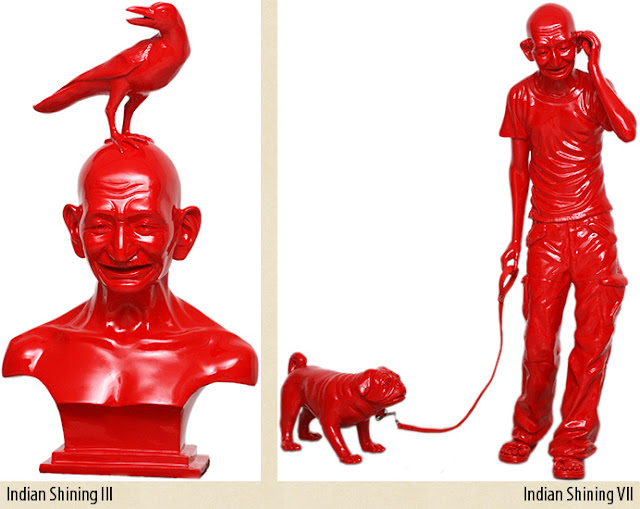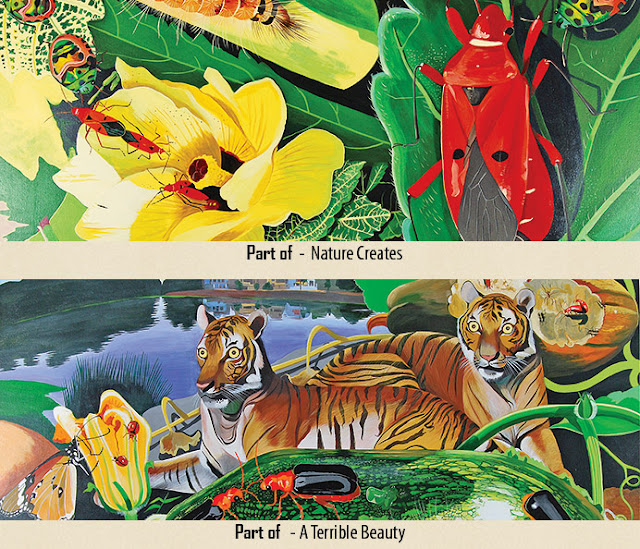You Show Promise

To capture a moment, to tell a story, to describe an action or to stir the soul are some of the fundamental tasks to which the artistic imagination addresses itself. Bearing this in mind, Indian contemporary art is, expectedly, marked by a multiplicity of styles. There are various dominant themes which are criss-crossed by paths made by individual artists. In other words, the personal style of an artist often traverses two or three different styles and an eclectic one moves in and out of quite a few if only for, from time to time, to seek a change in artistic climate.

All the artists in this show create visual vocabularies as particles on those artistic and art historical trajectories that emanate from those fixed points. An idea of these points and radiating lines and the places where they meet and merge gives us an accurate picture of the contemporary Indian art scenario.

All these artists hold out great promise for the future and what one admires in these works is their ideation, their compositions, their technical skills and the feats of persuasive representation they achieve.
---- Anirudh Chari

-------------------------------------------------------------------------------------------------------------------------------------------
GODS, ICONS, MASSES
Indian cities offer a cornucopia of images: from brilliant posters on walls and facades, film posters, on buses, restaurants and shops, to film, a steadily growing number of magazines, and the new omnipresence of the television screen. India’s modern popular imagery results from the major cultural and technological shifts during the nineteenth century.
Mass production of images, new means of visualizing myths and religious legends generated new fields of tension in the sacred, erotic, political and colonial landscapes.
The prevailing eclecticism of the visual register frequently led to an arbitrariness in piling up images from diverse visual sources, developing an ambivalent language of quotation and citation that further facilitated the seizure of new aesthetic and cultural content.
‘Gods, Icons, Masses’ attempts to present, as a visual and sensory experience, the creation and constant change, transformation, and the rediscovery of a visual world as seen through the eyes of five contemporary artists. In addition, it explores and investigates the legacy of colonial artistic practices and mutual reciprocity in the construction of identities with reference to gender, sexuality, religion and power.

Amongst the most vibrant examples of popular visual art found in Indian towns and cities are the religious posters and calendars depicting deities, saints, icons and places of worship, as well common people engaged in quotidian acts available at many roadside stalls and adorned at walls inside homes, shops, or in worship-corners. While such visual depiction may have existed in the past in popular forms of painting, the introduction of printing press and the mass production industry in the twentieth century transformed it into a full-fledged mass culture, characterized by its own popular aesthetics, the depiction of folklore, and, of course, its own marketing strategy.
The artists in this exhibition draw upon that tradition to explore how this visual depiction or iconography has not only been legitimized within mainstream artistic practice but, in fact, allowed to thrive.
Often the artists visualize theoretical concepts such as morality or virtue, through creative use of ordinary symbols, such as the three monkeys, which have become iconic in their own right. Drawing upon the ancient tradition of depicting gods, goddesses and saints complete with the iconography of their peculiar legends and miracles some of the artists examine the pluralistic nature of Indian contemporary art which, in turn, reflects contemporary India’s obsession with popular culture.
Colourful, extravagant and sometimes surreal depictions of gods, goddesses and deities adorn temples, workplaces, schools, homes and are frequently to be found on television. To the majority of Indian society, these images, scenes from myths and morality tales, portray serenity, innocence and divinity. To an audience unfamiliar with these cultural references, they are nothing more than colourful kitsch. The exhibition, thus, offers a critical viewing of the strategic role of popular Indian imagery in contemporary art as a process by which individual and collective identities are formed.







